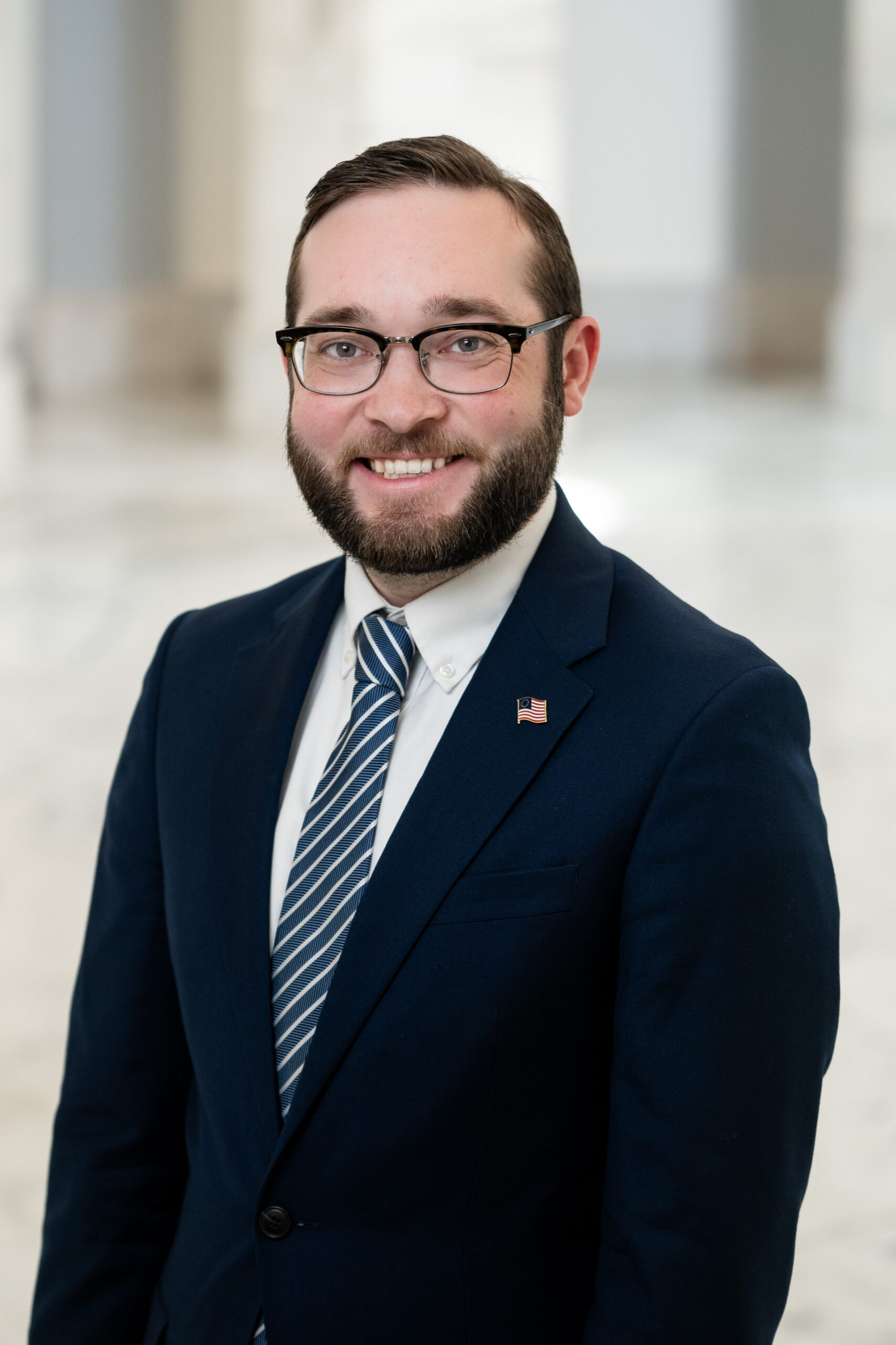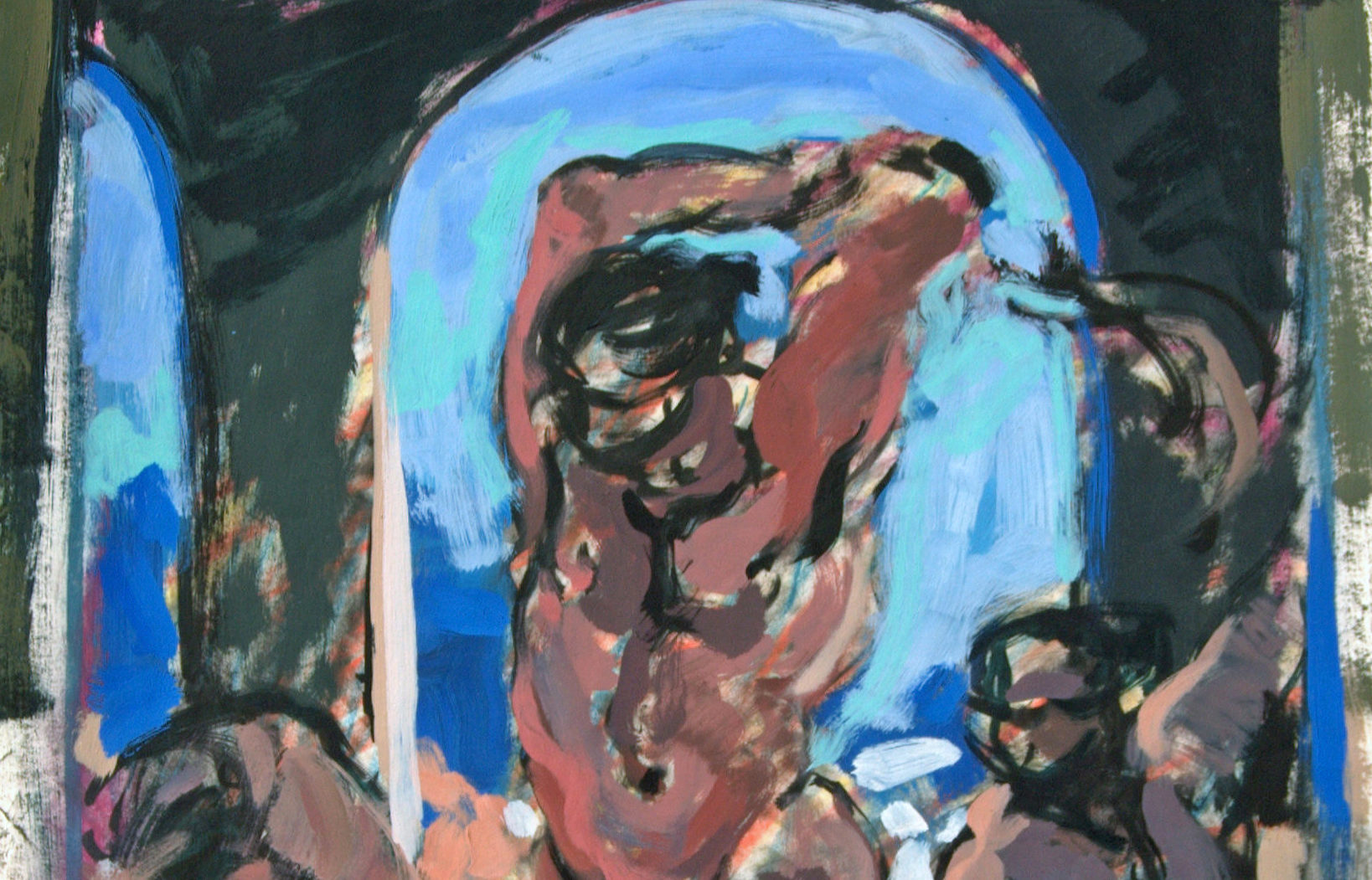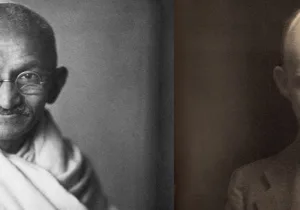For Christians, Lent is a forty-day period of prayer, fasting, and almsgiving – a purgatorial preparation for the joy of Easter. Lent begins on Ash Wednesday with the words of Genesis 3:19, “Remember, O man, that thou art dust, and unto dust shalt thou return,” a reminder of human mortality. It concludes with Holy Week, the triumphal liturgical commemoration of Christ’s Passion, Death, and Resurrection.
Lent is also a time to remember the suffering of Our Lord, and in remembering to strive to become more Christlike. The spiritual rigors of Lent are meant to train the Christian to better serve the Kingdom of God in the face of suffering.
Beyond the forty days preceding Easter, there is a sense in which a Christian’s faith can always be a “Lenten” practice of penance. Roman Catholic writer Dwight Longenecker, for instance, once described the poet T.S. Eliot’s anguished life as a “long Lent” in which he drew “back from the love and happiness he longed for out of a mixture of guilt for the harm he had inflicted on” his loved ones. For ten years, Eliot maintained a life of penance to atone for his sins.
Another great Christian writer, Whittaker Chambers, endured a “long Lent” of his own at the height of the Cold War. In the midst of his immense suffering, Chambers turned to the Christian Realism of the great theologian Reinhold Niebuhr as a guide through his penance. Christian Realism presented an ethical and theological framework for Chambers to understand his Lenten suffering – and it can help Christians today understand their walk in faith, too.
In his youth, Chambers joined the Communist Party because he thought revolution alone could redeem the wretched of the earth. He turned spy for the Soviet Union in the hopes of serving the revolution, only to discover too late that the Soviet Union was the cause of the greatest human suffering inflicted on the 20th century. The knowledge of his complicity in totalitarian horror left Chambers consumed with guilt, and especially after becoming an informant on his old communist friend, Alger Hiss, Chambers felt intense spiritual pain. In becoming anti-communist, Chambers endured a life of penance worthy of a true saint.
Six months before the infamous Hiss hearings began in Congress, Chambers wrote a cover story titled “Religion: Faith for a Lenten Age” for TIME Magazine about Niebuhr. “In many ways,” Chambers says in his brilliant memoir Witness, “the essay was a statement of my own religious faith at the time.” It was his “indictment of the modern mind,” and a plea with his fellow Americans to recover their faith during a period of Cold War crisis.
Chambers begins the essay with an anecdote of a small girl in Manhattan on Ash Wednesday asking her mother about the ashen cross on a man’s forehead. For him, this small vignette illustrates a major problem – theology had become inaccessible to many Americans, just when they needed it most. Rather than a transformational relationship with God, Chambers says, religion in America had become little more than a mere obligation to custom. “Among millions of Christians,” he laments, “religion itself is little more than a worthy mental habit, socially manifested in church attendance often more sporadic and much less disturbing than regular visits to the dentist.”
And even when Americans sporadically attend church services, Chambers worries that they were being fed a false gospel of liberal optimism. Niebuhr’s Christian Realism, by contrast, is “the old-time religion put through the intellectual wringer” according to Chambers. He says, “It is a reexamination of orthodoxy for an age dominated by such trends as rationalism, liberalism, Marxism, fascism, idealism, and the idea of progress.”
Niebuhr’s reexamination began with a true account of human nature. “Against the easy conscience,” Chambers writes, “Dr. Niebuhr asserted: man is by the nature of his creation sinful; at the height of man’s perfection there is always the possibility of evil. Against easy optimism, he asserted that life is inevitably tragic. Says Niebuhr: ‘Mankind is living in a Lenten age.’” By affirming the old verities about sin and applying them to contemporary issues, Niebuhr “restored to Protestantism a Christian virility,” Chambers writes, “For, in the name of courage, which men have always rightly esteemed in one another as the indispensable virtue, he summons Protestants to seek truth.”
In no small part, Chambers sympathized with Niebuhr’s Christian Realist admonition to seek truth because it resembled his personal quest for God. After breaking with the Communists, Chambers wrote that he embarked on a kind of pursuit of religious truth:
I sought a congregation in which I could worship God… I had not changed from secular to religious faith in order to tolerate a formless goodwill vaguely tinctured with rationalized theology and social uplift. I was not seeking ethics; I was seeking God. My need was to be a practicing Christian in the same sense that I had been a practicing Communist. I was seeking a community of worship in which a daily mysticism (for I hold that God cannot be known in any other way) would be disciplined and fortified by an orderly, and even practical, spirit and habit of life and mind.
Chambers eventually found that “daily mysticism” in the Society of Friends. Despite his opposition to pacifism, he found within the Quaker tradition the spiritual resources he needed to stand as one of the twentieth century’s great Christian witnesses.
The Soviet Union may have fallen, and the Nazi menace may have been defeated, but the great Christian Realist insight is that human nature remains unchanged. The world will always be confronted by the crisis of human sinfulness. During this season of penitence, then, Christians should turn to the wisdom of great writers such as Whittaker Chambers and great theologians such as Reinhold Niebuhr. They remind us that, on this side of the Second Coming, mankind will always be living in a Lenten Age.






